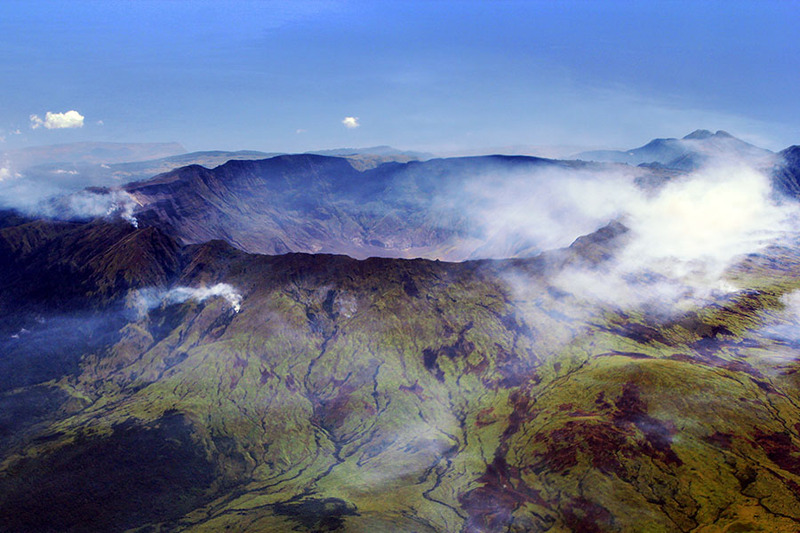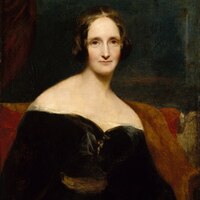Introduction
1816 was termed the “year without summer” for the effect of Mount Tambora’s eruption on creating a cold, wet, rainy year across Europe. This meant that the six-week tour undertaken by Mary Shelley and her husband, Percy Shelley, was marred by this weather. This included their visit with Lord Byron at his villa on Lake Geneva. Byron challenged his guests, including the Shelleys, to create a ghost story as an activity. Out of a series of nightmares in the following days where a pale-faced student was slaving away, attempting to spark life in a hideous creature, Mary Shelley wrote the first draft of Frankenstein, widely considered the first true science fiction novel. This draft was presented to the guests at the manor and eventually became the revolutionary novel we know today.
This novel was born from a circle of writers critiquing the radical societal changes at the time, including industrial, scientific, and ideological developments, which provide the foundation for the setting and themes explored within Frankenstein — questions of nature and nurture, the limits of ambition, power and control, and science’s capacity to create life. These themes remain culturally relevant today and within the broader science fiction genre sparked by this novel. Pop culture powerhouses like Star Trek sit squarely on the foundation that Shelley and her contemporaries left behind, exploring these themes through new lenses as science and technology have continued developing. Frankenstein is a cornerstone of modern literature that came at a time when the roots of modern industrial capitalism took hold in Europe, and radical technological developments allowed for the critical examination of the limits of science and its capacity to create life.

